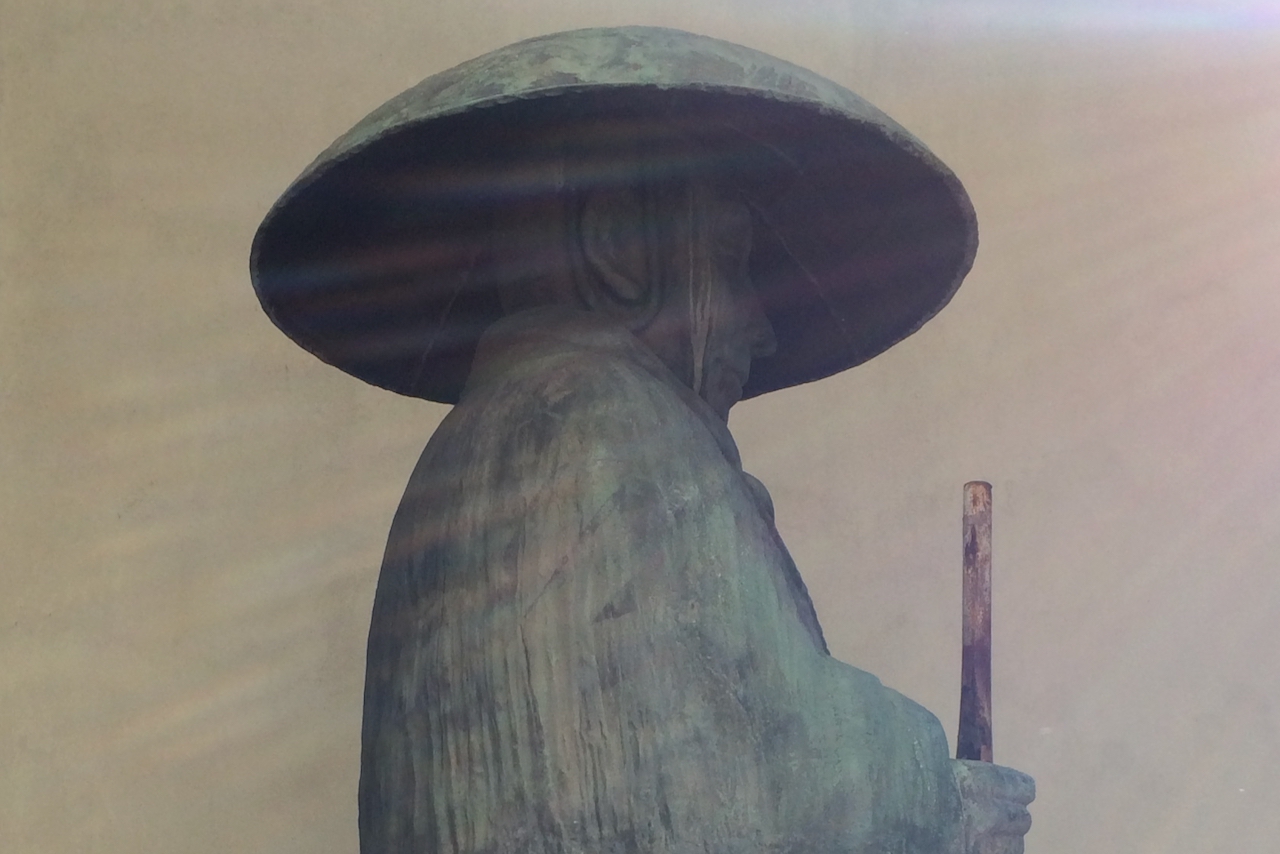
We attempt to write—using words and images—the personal narrative of a man who served as a “liquidator”, or conscripted cleaner, in the aftermath of the Chernobyl nuclear disaster in 1986. By focusing exclusively on one man’s experience and legacy of Chernobyl, we take a highly contextual approach, whose archive is not the secondary literature, but family history and vernacular photography. Decontextualised studies of nuclear events often deem their very subject of study “unthinkable”, yet by giving voice to a victim of Chernobyl through familial connection, we situate Soviet nuclear colonialism as future cultural heritage. Reimagining Chernobyl therefore performs a narrative nuclear history that connects a familial past with a universal future.
Principal investigators: Anonymous and N.A.J. Taylor︎
Principal investigators: Anonymous and N.A.J. Taylor︎

This special issue both documents the Nuclear Futures Partnership Initiative, a five-year community arts project that seeded a nationally significant suite of Australian atomic artwork, as well as makes known several new insights and understandings about Australia's experience of the nuclear age that resulted from it. Across twenty-two projects, participants explored how multiple, dynamic and diverse arts practices drive creative reflection on the atomic age and its consequences for the deep future. Underpinning the work is a range of community arts and cultural development approaches, involving collaborations between communities, their artists, and visiting arts workers particularly within remote—and predominately Aboriginal—communities that experienced British nuclear tests at Maralinga, and with nuclear veterans in Australia and Britain, in collaboration with Japanese Hibakusha.︎
Co-editors: N.A.J. Taylor︎, Paul Brown (The University of New South Wales)︎ and Ellise Barkley (Queensland University of Technology)︎
Institutional partners: Alphaville︎ and Yalata Anangu Aboriginal Corporation︎
Sponsors: Australia Council for the Arts (for the underlying project led by Paul Brown)
Key output: a multimedia special issue︎
Co-editors: N.A.J. Taylor︎, Paul Brown (The University of New South Wales)︎ and Ellise Barkley (Queensland University of Technology)︎
Institutional partners: Alphaville︎ and Yalata Anangu Aboriginal Corporation︎
Sponsors: Australia Council for the Arts (for the underlying project led by Paul Brown)
Key output: a multimedia special issue︎

The new scholarship of Nuclear Humanities approaches nuclear history and its fallout with both more nuanced and integrative inquiries, paving the way towards a deeper integration of these seminal events beyond issues of policy and ethics. The chapters collected here address the memorialization and commemoration of Hiroshima and Nagasaki by officials and states, but also ordinary people’s resentment, suffering, or forgiveness.︎
Co-editors: N.A.J. Taylor︎ and Robert Jacobs (Hiroshima City University)︎
Key output: an edited book︎
Co-editors: N.A.J. Taylor︎ and Robert Jacobs (Hiroshima City University)︎
Key output: an edited book︎

Numerous people claim to have contributed something new to our understanding of Hiroshima, as well as its aftermath. However, major volumes dedicated to thinking freely and imaginatively about the nuclear attacks on Hiroshima and Nagasaki are rare. Certainly, there have been very few, if any, concerted attempts to interpret Hiroshima anew and from a range of different perspectives as contributors do in this special issue of Critical Military Studies.︎
Co-editors: N.A.J. Taylor︎ and Robert Jacobs (Hiroshima City University)︎
Key output: a special issue︎
Co-editors: N.A.J. Taylor︎ and Robert Jacobs (Hiroshima City University)︎
Key output: a special issue︎